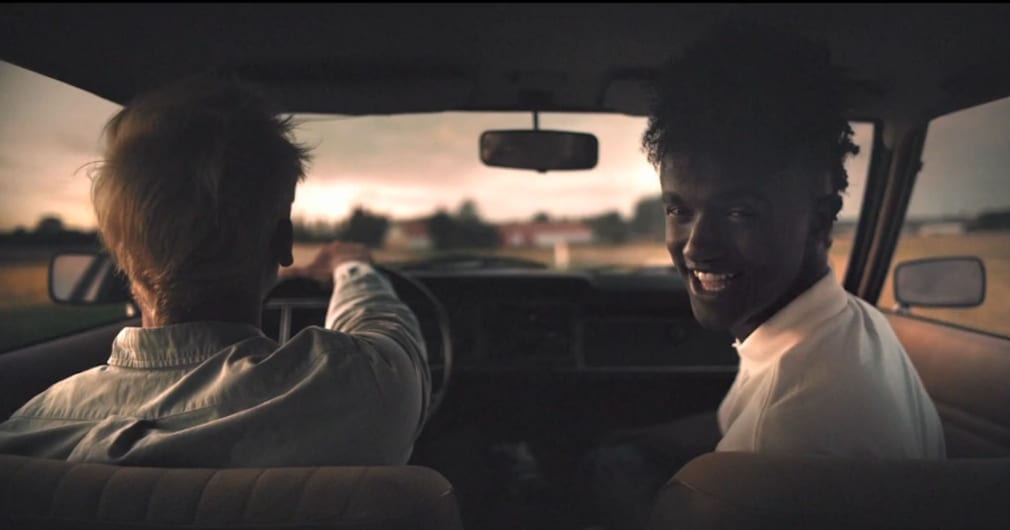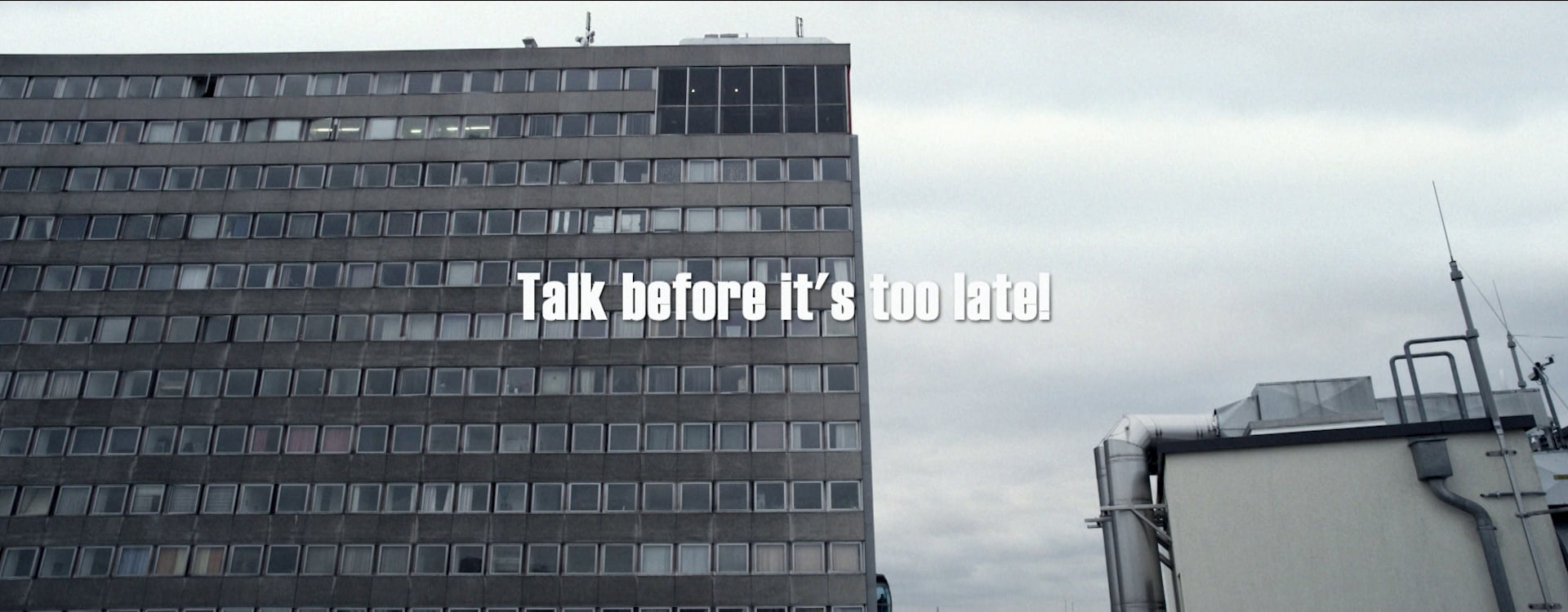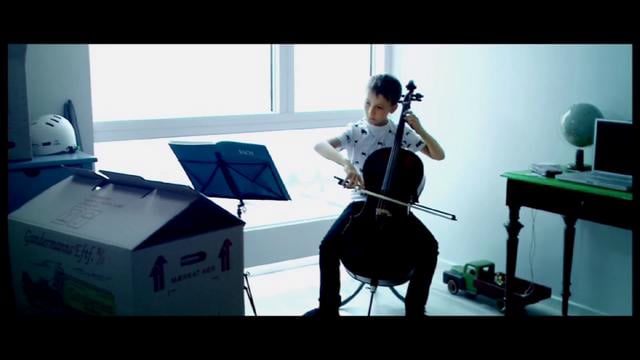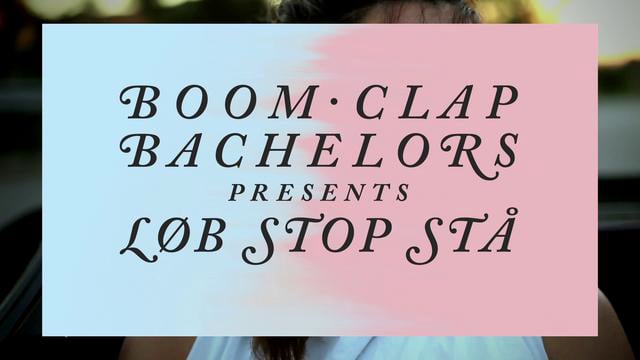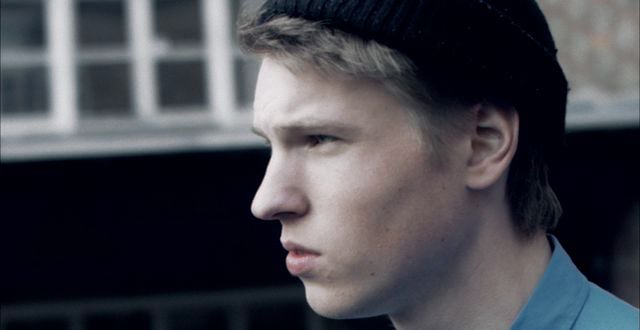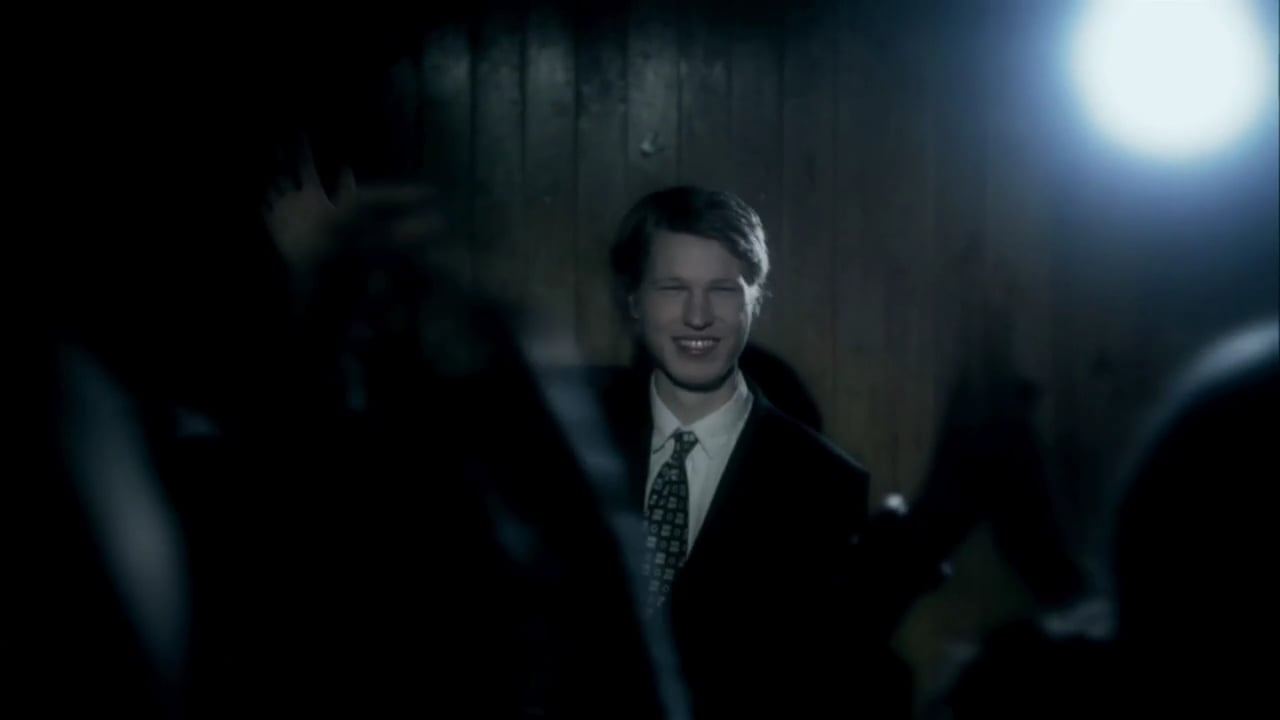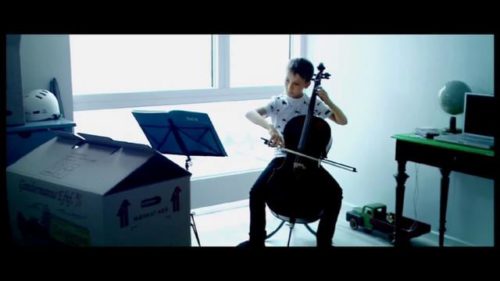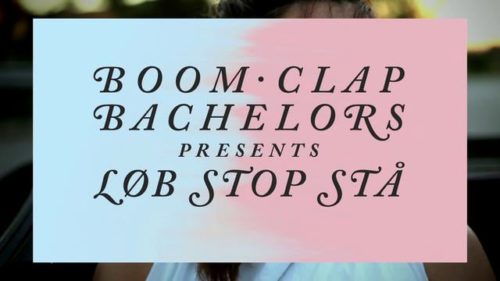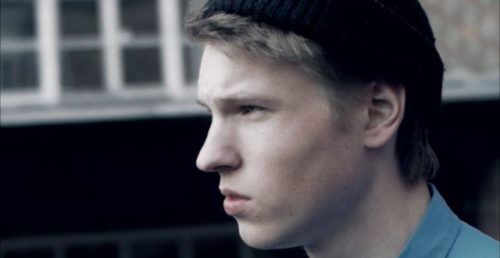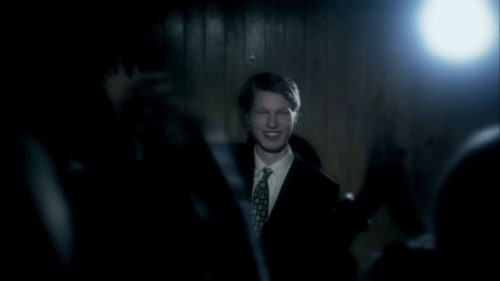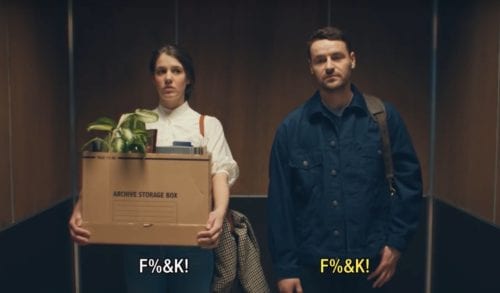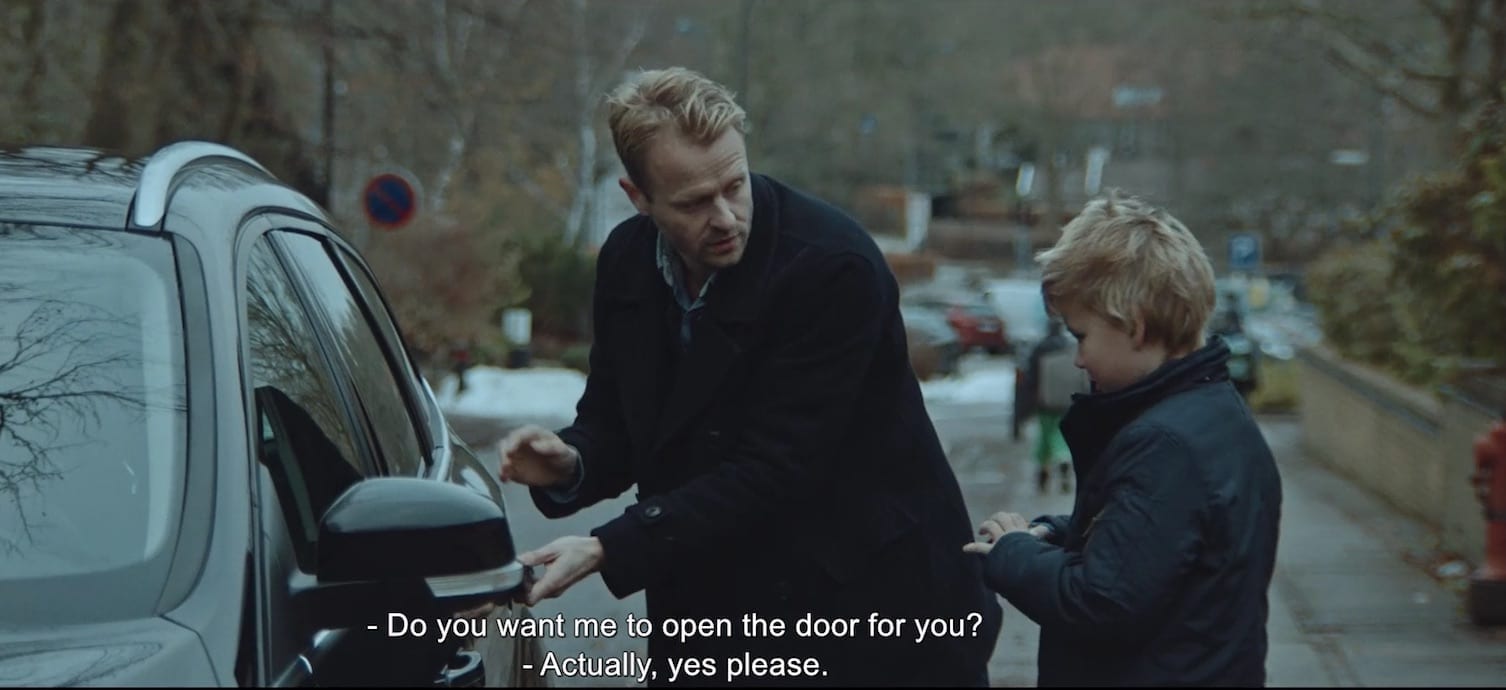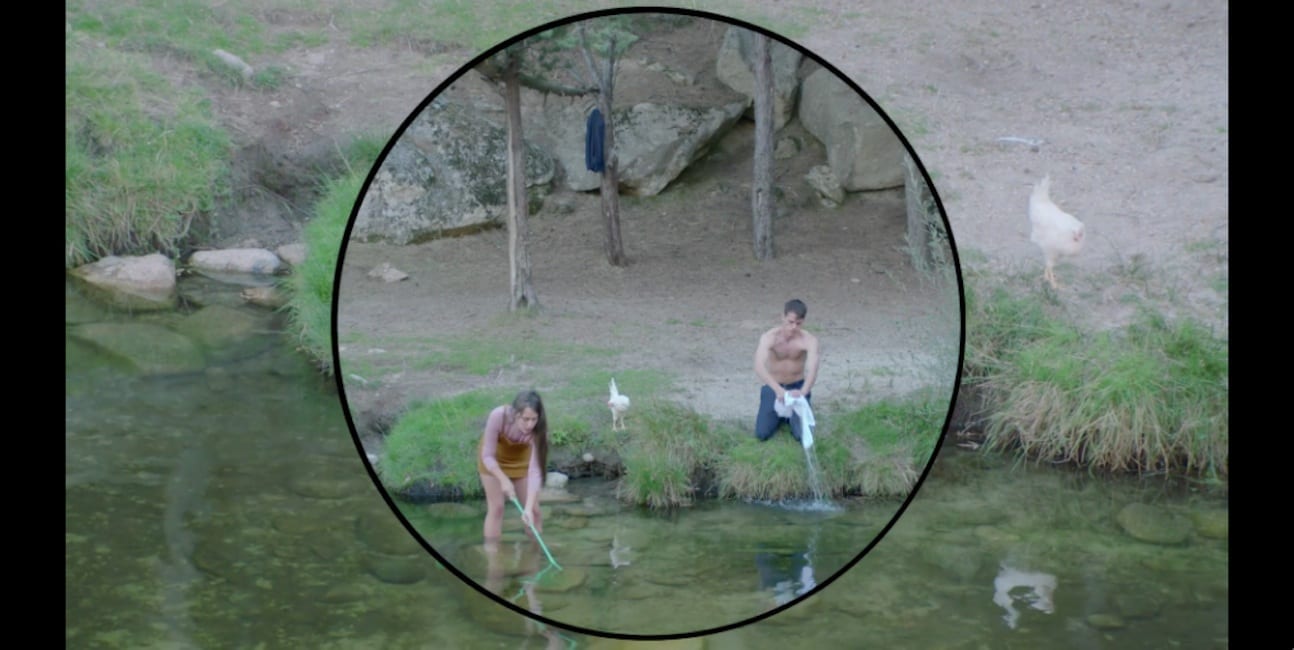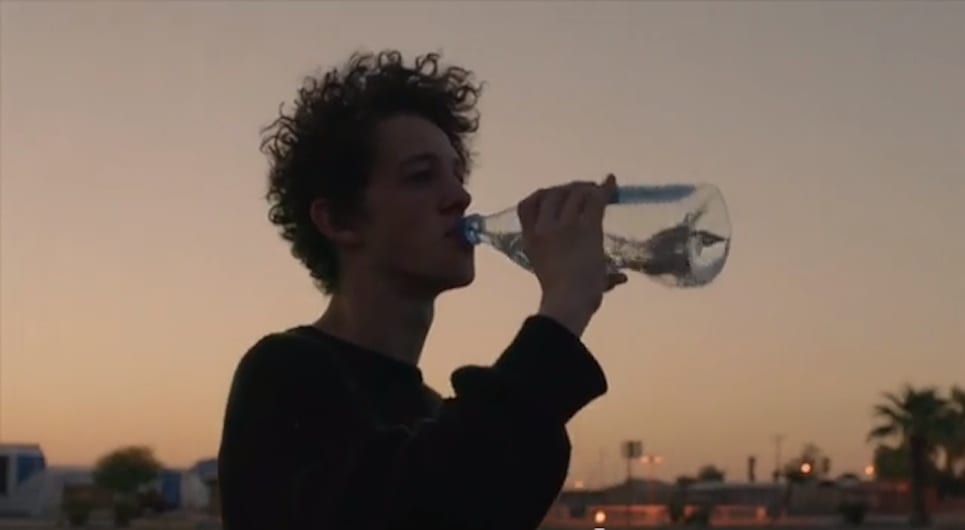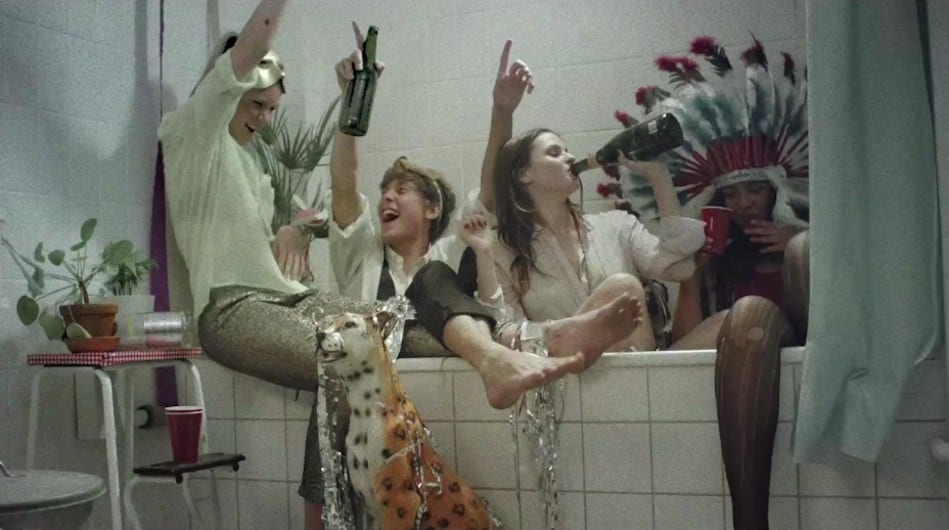Cruising through the net, looking for nuggets of filmic gold to share with you, we came across this music video, Parix, for When Saints Go Machine. Oh my, my, my. We’d hit jackpot.
The intuitive storytelling of Parix and other work of Daniel Kragh-Jacobsen, which you can view in Related Content, showed all the confident hallmarks of an established film maker – someone who was equally happy with the technicalities of making visual poetry as well as writing perceptive narratives.
Instead, when we caught up with him, we discovered the director was a young Danish film maker who still has a year to go before graduating film school in LA…
Your films often address the complexities of youth, and reflect childhood fears and triumphs. Do you write the narratives yourself and do you draw on your own personal experiences and memories?
Both, I mostly write myself but everything written comes from something personal. Not that everything is autobiographical, but it’s inspired by emotions I have experienced.
That’s why the youth realm attracts me so much. I feel I’m an expert on that area, still having my teenage years in fresh memory.
When did you first realise you wanted to direct?
When I was fifteen years old a substitute teacher brought Pulp Fiction to class and showed it to us. When Uma Thurman draws that square in the air, I knew I wanted to create that same kind of stuff.
I come from a family of filmmakers both my father, mother and uncle are directors. So it’s not that it’s an unknown world for me. But it was Tarantino that talked me into pursuing it. First my parents tried to talk me out, but now they are very supportive.
We’ve read that you won’t be graduating until 2013 from the American Film Institute and yet you’ve already got an amazing reel together. So what led you to LA and from where?
I’ve been creating small film projects since I was about seventeen, and I have been obsessed with studying directing since then. I feel directing can’t be taught, but you can learn it. So going to AFI is learning by doing, creating content in a closed environment where I can experiment and test limits.
At film school you absorb so much that you feel is the words of wisdom. But really half of film school is also forgetting what you have learnt, and finding your own way of doing stuff.
How would you describe your creative and film making process? For instance does an image come to mind that you develop, do you storyboard in detail, or just draw up a shots list etc?
For me it’s about having felt something emotionally. It can be something bad or something good.
Then often it starts by being something really unconcrete, something that isn’t even a movie. For instance this year I created a film based upon a feeling I once had. I had split up with an ex-girlfriend (my first love) and I had just heard she had gotten a new boyfriend who was like 10 years older then me. And I wanted to kill her… and him. It was so scary, that I felt I was actually able to feel that emotion. But it was there. Then characters get built and slowly you turn that into a story. It always has to come from somewhere truthful.
Music is a strong element in your work – it’s a thread in your short film The Song and you’ve made a couple of music videos, Praix for When Saints Go Marching in particular garnering lots of praise. Do you play an instrument yourself?
Not really.. I once played saxophone because I thought it would get me girls when I got older. I was like 11.
And when working on the videos do you work closely with the bands on ideas? How did the idea for Praix come about and how did you evolve it into the film it became?
I sometimes have worked closely with the band. When creating context for Robin Hannibal and Coco Malaika from Quadron I always work really closely with them. Also because they are good friends.
Parix is a little different. I asked the boys from the band if I could create something for one of their tracks, because I had fallen in love with their record Konkylie. Even though we only knew each other a little, they gave me complete freedom not even having their label critique the treatment.
The story for Parix is really about procrastination. Again something personal. Last summer I was moving to another country, and I wasn’t doing anything to prepare for it. Instead I was making music videos. So really the boy in the video is me, not being ready for a big thing in my life. And not focusing on getting ready, because it’s easier not to.
I hope I don’t ruin the magic when I reveal that.
You’ve made a very powerful and beautifully conveyed film on the problems of depression and suicide of young people for the German organisation Freunde fürs Leben. How did this come about?
Bubbles Film who just started representing me in Germany wanted to create something for the Young Director Awards. Dana Møgeltønder who is their directors rep basically gave me freedom to come up with a social spot and/or spec commercial that they would sponsor.
I chose something close to home. I am very curious why it is so easy for us to live so close, and not interact properly with each other. I am just as much a victim of this curse as everyone else, so it’s hopefully not a preachy film.
It’s simply meant to create focus on some changes people in the western world could make to help each other.
You can do dialogue as well as only visual narratives – do you feel equally comfortable expressing both formats?
Some stories are purely visual, and you just have to be aware of that. It’s the director’s job to chose how to tell the story, but I personally feel stories tend to dictate how they should be told.
A good way to approach a script, however, is in the beginning to try and tell the story purely without dialogue. That will give you a good sense what the story or scene is about. I learnt that at film school, and I’m sharing that knowledge totally free of charge.
What’s your favourite camera for working with?
One that works.
What is your favourite part of the film making process?
Every time you feel that “yes, I got it”. Whether it be the right idea, the right cast choice or the right whatever. It’s like “shit I have no idea what I’m doing here” and then suddenly you’re like “ahhh, yes I do” and that’s a great feeling.
What is the best advice anyone has ever given you about film making?
It must be: Tell what you know, and what scares you. Or else it was when my parents told me: It’s only going to get harder the older you get. It seems to be correct, and now that doesn’t surprise as much.
Have you got some more great scripts in your top drawer? What are you working on now?
I’m writing my graduation film from AFI that’s shooting in November.
Also I’m in discussions with a label to do a line of videos for one of their new artists..
Their music is amazing. I’m not just saying that.
What is also great is the prospect of being the only director in charge of a band’s videos.
I feel that gives you even more responsibility of how the audience perceives the artist and their image.
Also there is a larger freedom to move around with story. Maybe creating multiple storylines for the videos that will intertwine.
We’ll see how it goes.
